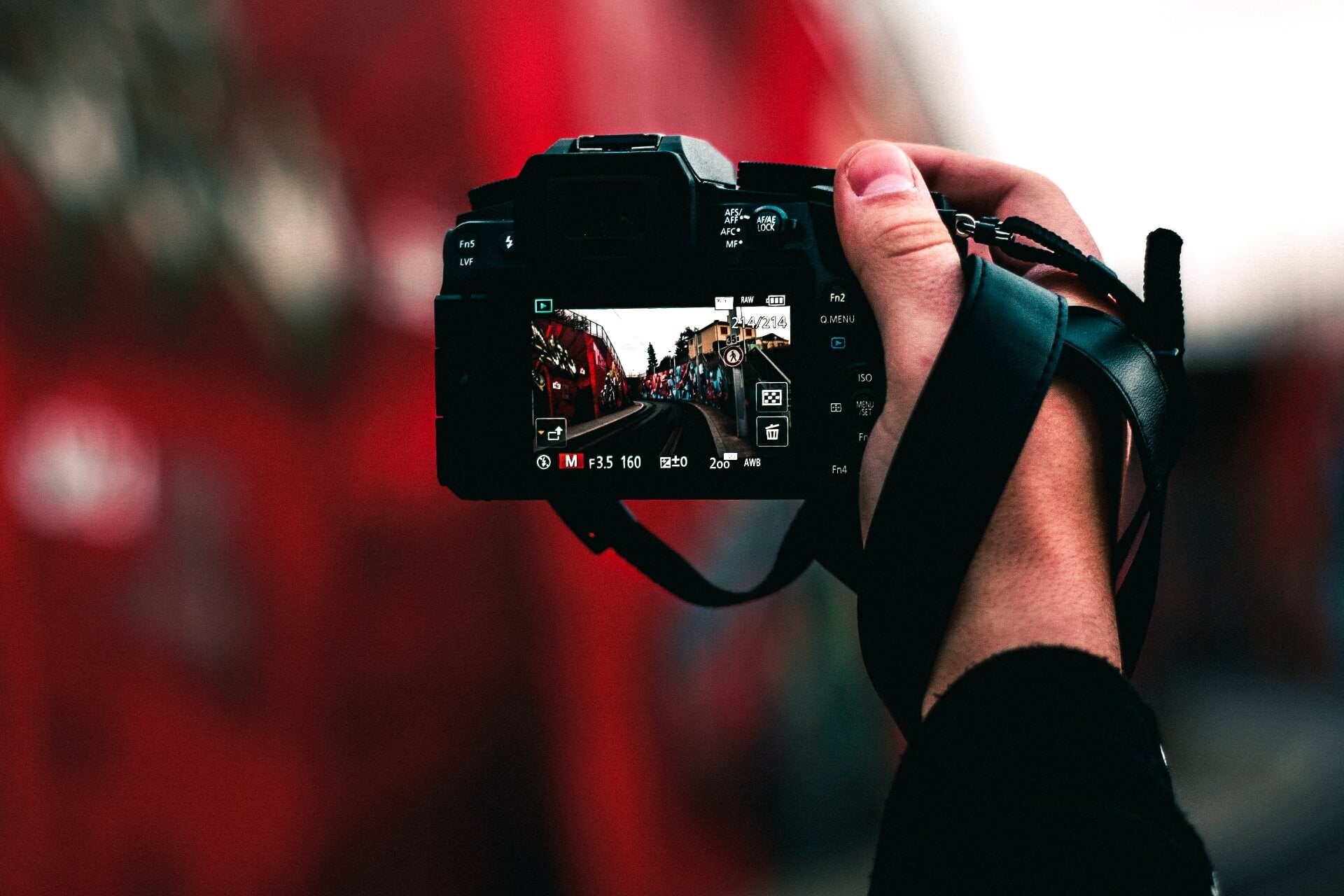 >
>
By John O’Connell
Decisions, decisions, decisions. Depending on how much authority you delegate to your camera when taking pictures, one of you (you or your high-tech camera) must decide aperture, shutter speed, ISO, white balance, exposure program (weighted toward the center or a more comprehensive valuing), flash or no flash, composition, where the photographer should be, where the subject should be, best background, desired depth of field, effect of colors in the scene, single-shot focus or multi-area focus points, in-camera sharpness settings, one exposure or five or six within one second, shoot .jpg or RAW, and more. Whew! Who knew?
Well, there’s another important decision to make when taking pictures: what focal length lens to use, and why? Here is some information and a few considerations for choosing the focal length most appropriate to the image you want to make.
There are two types of camera lenses: fixed focal length (also called prime lenses) and zooms. Most compact cameras, whether point-and-shoot or more sophisticated types, have a non-changeable lens attached to the camera body. In other words, you can’t remove it to use a different lens. As a result, these compact cameras typically use a zoom lens, one whose focal length can be quickly adjusted to take in a wide angle of the scene in front of you or zoom in to a smaller portion of that scene.
To complicate things a little bit more, there are two types of zooms: optical and digital. Optical is when the distance changes between the center element of the lens and the sensor, increasing or decreasing the image that falls on the sensor plate, and digital is when the camera crops the image by enlarging the pixels in the center of the picture. My advice is to use optical zoom only. This will produce the sharpest images. If you want to crop later you can do it yourself “post-capture” with Photoshop, Lightroom and other excellent processing software.
DSLRs also have two options for lens types, zooms or primes (fixed-focal length), which are interchangeable. For example, DSLR shooters can have a prime 50mm lens mounted on their cameras. When taking pictures with that 50mm, the field of view will remain the same, the sharpness will be amazing, and you use your legs to zoom in or out from your subject. With zoom lenses, like an 11mm-16mm, a 24-120, a 70-200, for example, the lens does your walking for you, enabling you to take in as much or as little of the scene as you want to within the limits of those focal lengths.
The lower the focal length number, like 11 or 14 or 24, the more of the scene in front of you gets included in the frame. If you want to fill the frame with a small portion of the scene in front of you, use higher-number focal lengths, like 100, 200 or 400.
Whether fixed or zoom, the focal length you choose affects the image. Shoot with a 16mm and your field of view is broad or, if you shoot vertical, tall. Great for landscapes, cityscapes, auroras and Milky Way images where a broad expanse is desired, wide angles are also useful for street photography when you want to include lots of context in the image.
Wide angles are also excellent choices when you want to include most of a confined space in the picture. If you want to show how the entire living room looks, or the whole restaurant or all 15 family members gathered around the table, a short-focal length lens (wide angle) is probably the best.
Telephoto lenses (long-focal lengths), those in the 100 to 600+ range, appear to bring far away subjects close to the camera. The far-away hippopotamus on the Serengeti, the face of the speaker at the lectern, the child at play in the sandbox, the bird on the backyard feeder, the teen at the top of the water slide, the opposing goalie on the lacrosse field… all these subjects can fill the frame with the right focal length lens.
Also, the longer your focal length, the more “condensed” distances appear. Conversely, wide-angle lenses seem to spread distances out. As an illustration, a fence that recedes from foreground to background will look longer with a wide angle and shorter with a telephoto.
Short telephotos — lenses that give an effective focal length (see next paragraph) of 75 to 120 — are ideal for portraits, because they enable the photographer to isolate the subject from the background. Combined with a wide-open aperture a 100 or so millimeter focal length can soften or blur the background and render just your subject in sharp focus. Professional portrait photographers would scoff at such an oversimplification of what lenses are best, saying there are many other variables to consider when selecting the right lens and right focal length, and they’d be correct. But take my tips as a starting point; go out and experiment with the lenses you have. See the results you get with various focal lengths and keep those results in mind when you shoot for real.
Now if all this isn’t complicated enough, most amateur-level cameras have crop-sensors, which means the effective field of view of every lens is 1.3 or 1.5mm greater than the actual focal length, so photographers need to keep that in mind. A 50mm lens on a crop-sensor camera is really about 65 to 75mm or, in other words, has about a 70mm field of view. This can be great for sports or wildlife photography, since a 200mm lens is, effectively, a 300mm lens! Be careful on the wide-angle side, though, because that amazingly wide 11mm has an effective field of view of about 17mm, and your 24mm produces images that look more like a 36.
For more Photography 101, click here.